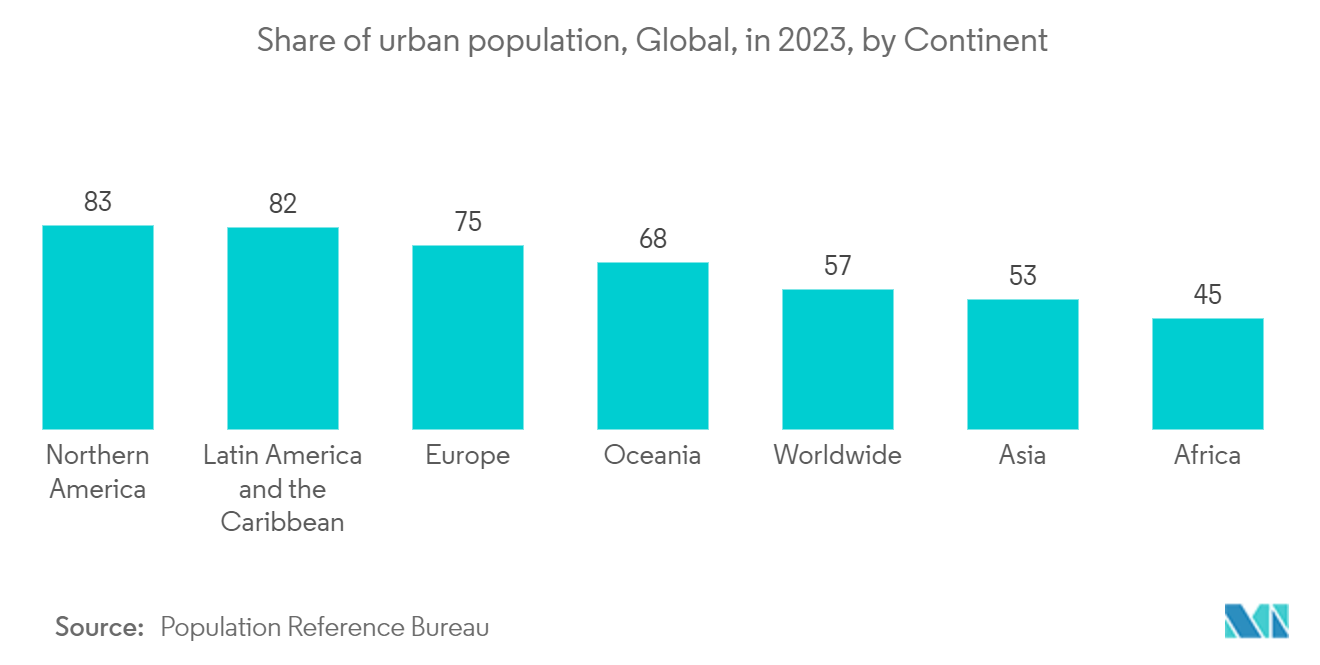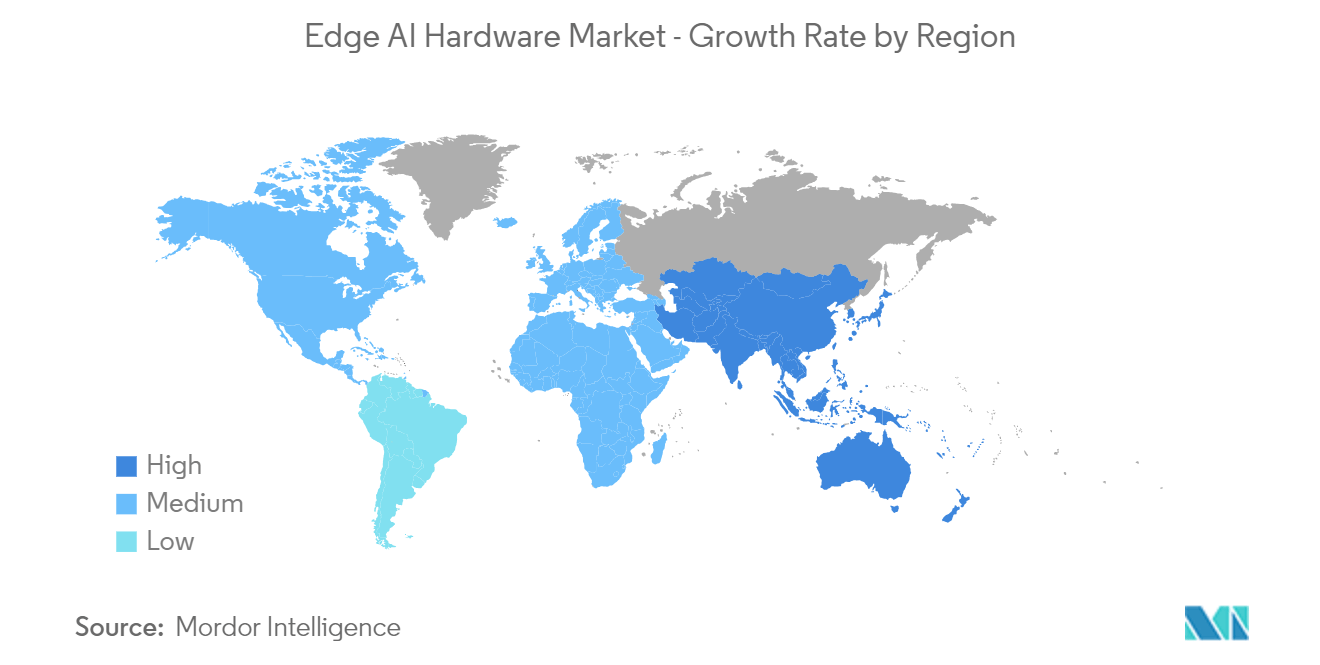Market Trends of Edge AI Hardware Industry
Increase Demand for Smart Homes and Smart Cities is Expected to Drive the Market Growth
- Smart cities are complex structures incorporating various systems to support a human life cycle. Smart healthcare, smart transportation, smart manufacturing, smart buildings, smart energy, and smart farming are just some of these systems. According to the Economist, In 2022, the leading global digital city on the index ranking was Copenhagen, with a score of 80.3. Seoul, Beijing, Amsterdam, and Singapore ranked in the top 5 for the best digital cities.
- As these AI technologies become more prevalent across various industries, smart cities are gradually adopting them worldwide. More people are becoming intrigued by the idea of a smart home as smart cities become more common. The need for automated services in people's daily lives is expected to rise as more people relocate to cities. Smart homes are evolving from a luxury to a need. Due to the increasing demand for smart homes and smart cities, the edge AI hardware market is anticipated to expand throughout the next five years.
- Globally, governments are utilizing cutting-edge technologies to handle the crucial issue of safeguarding the security and protection of residents. To take advantage of the opportunities presented by urbanization, many nations have developed programs to transform their cities into smart cities. Operational efficiencies, environmental sustainability, and the creation of new services for residents are all made possible by smart cities. For instance, the United Arab Emirates has started a program to make its cities smart cities. The UAE government has also developed a general blockchain strategy for improved security, immutability, resilience, and transparency. Drones and surveillance cameras are two leading-edge AI hardware deployed by government organizations for this purpose.
- Edge devices have become increasingly innovative because of increased edge computing power and the sparing use of deep learning and machine learning. Edge AI enables devices to deliver real-time insights and predictive analytics without sending data to distant cloud servers. Now, many companies are utilizing this by putting intelligent solutions in manufacturing. Manufacturers may be informed of problems in their supply chain and proactively avoid unplanned downtime with the help of the many industrial IoT devices installed in modern factories, which increases demand for the edge AI hardware market.

Asia Pacific is Expected to Hold Significant Market Share
- Asia Pacific region is expected to experience the highest growth rate in the global edge AI hardware market due to the advent of 5G in the region and the increasing number of IoT-incorporated devices. The growing penetration of smartphones in China, Japan, India, and South Korea is expected to increase the adoption of AI hardware market adoption.
- China is the largest market in the region, followed by Japan. The presence of several significant vendors in the automobile, electronics, and semiconductor companies, who are investing significantly in AI technology, is driving the growth of the edge AI hardware market in the region. China's edge AI industry has seen explosive growth in innovation in the last year for edge computing and hardware solutions through the number of patents filed, which shows that China's industries are innovating rapidly.
- During one month between June and July, the Beijing Municipal Commission of Economy and Information Technology counted around 4,040 AI companies in China. Besides, the presence of many manufacturing companies makes the region an attractive market for industrial robots that implement AI technology. Such trends strive for the demand for the edge AI hardware market.
- Wearable devices also play a significant role in the increasing demand for integration with vision processing units to accelerate AI tasks. Cisco Systems estimates that the number of connected wearable devices could reach 1,105 million units by the end of 2022. End-user industries like manufacturing, telecommunications, and automotive have huge potential in the region, creating a huge demand for the AI hardware market shortly.


